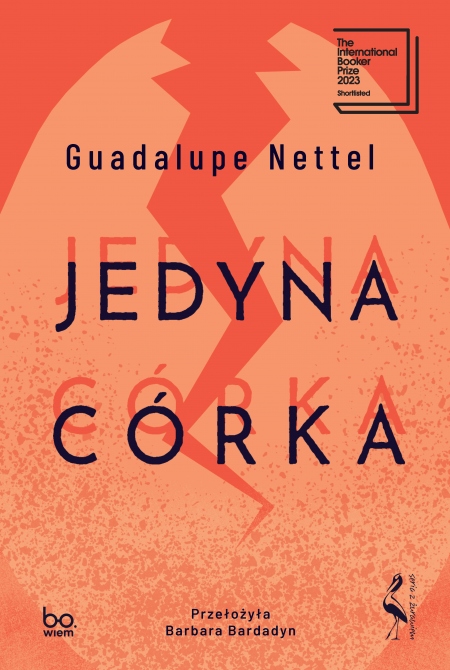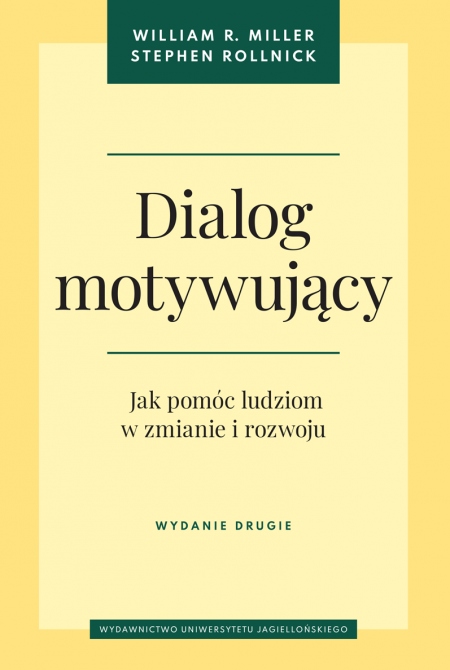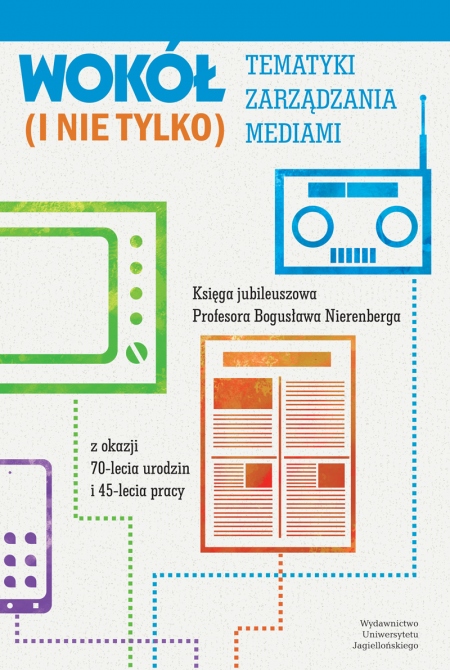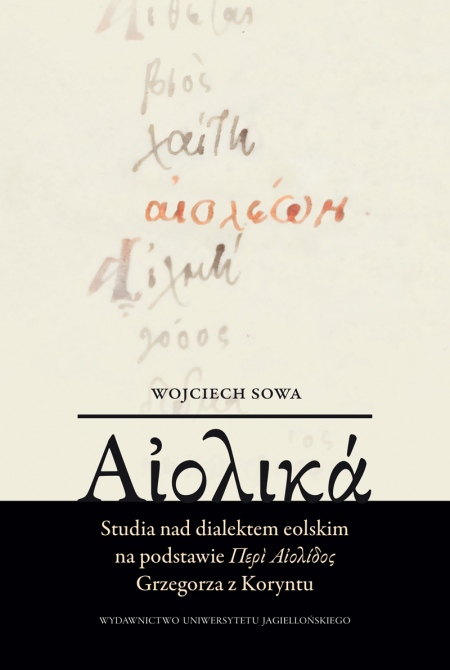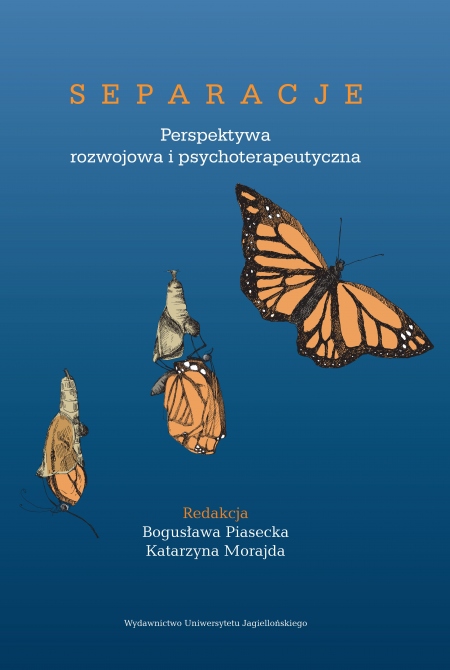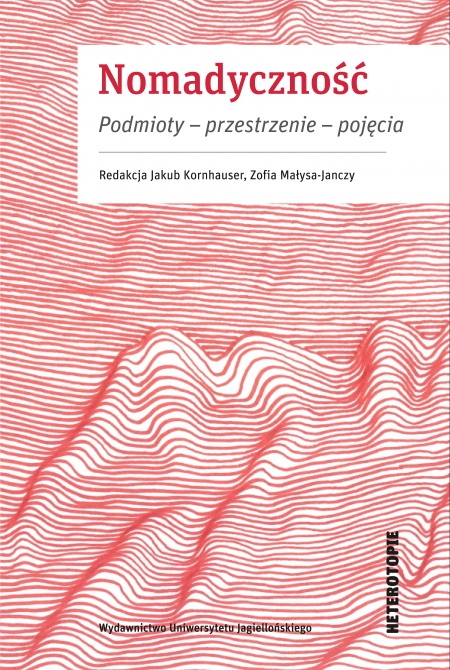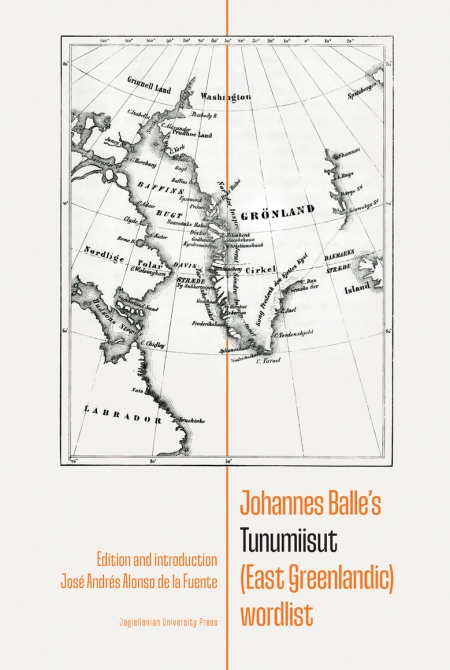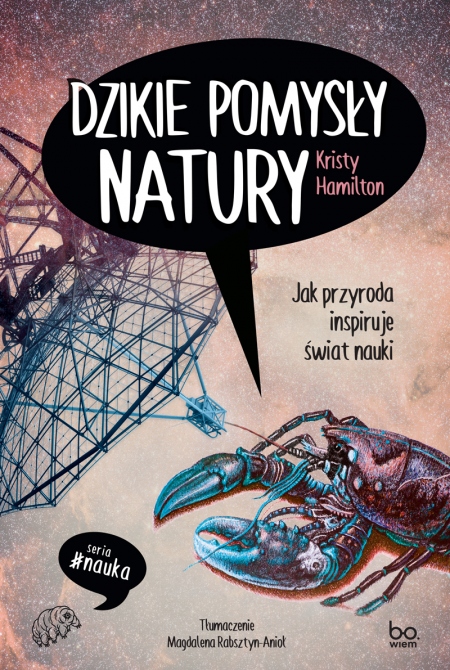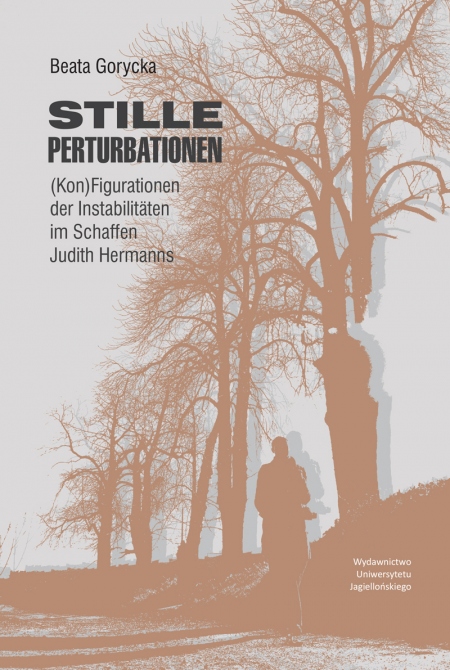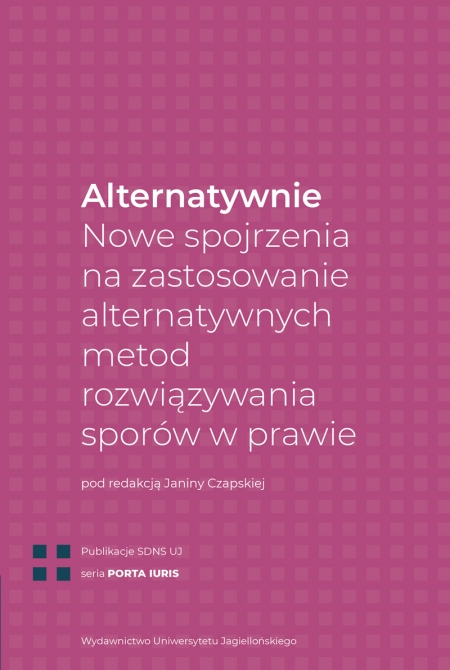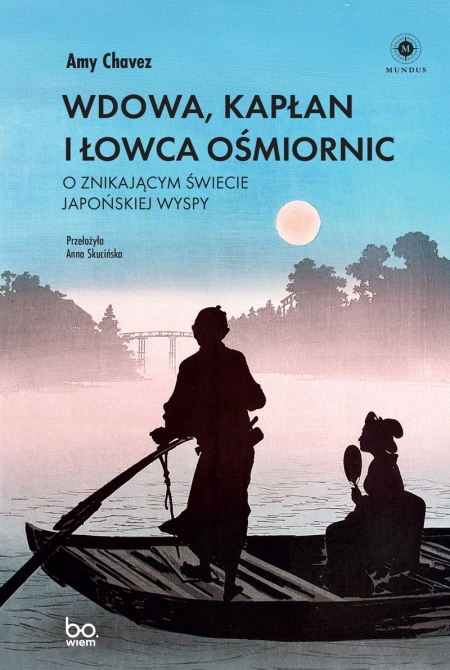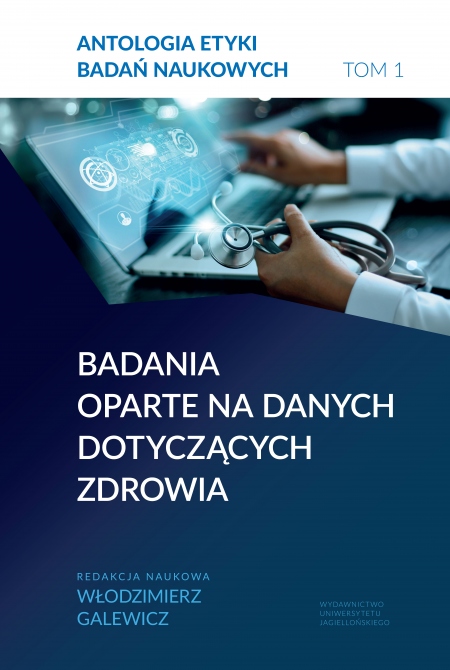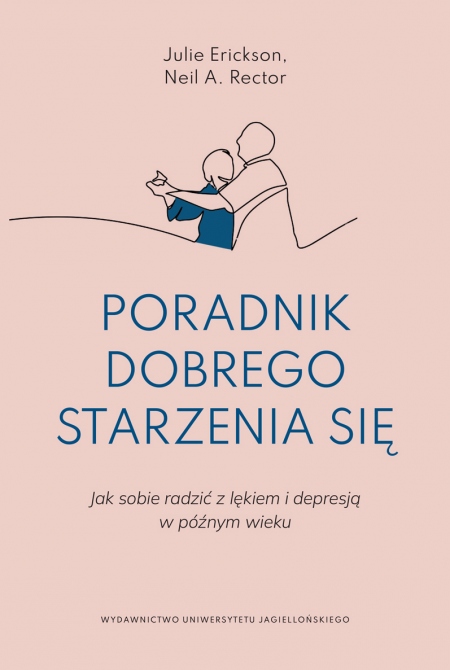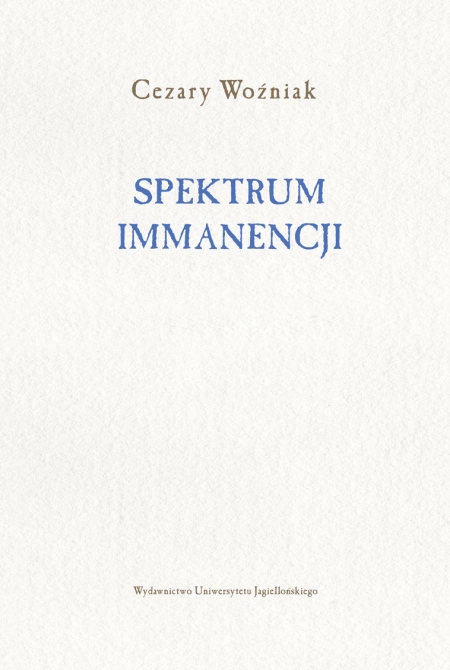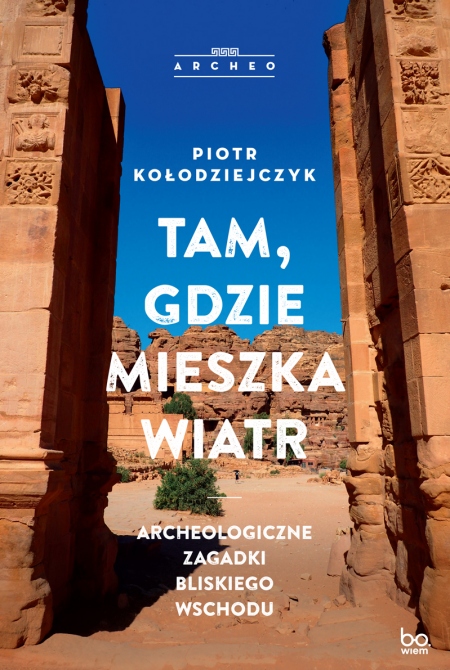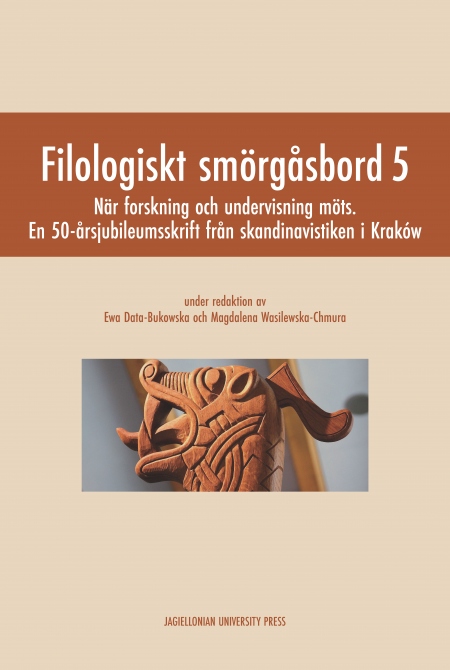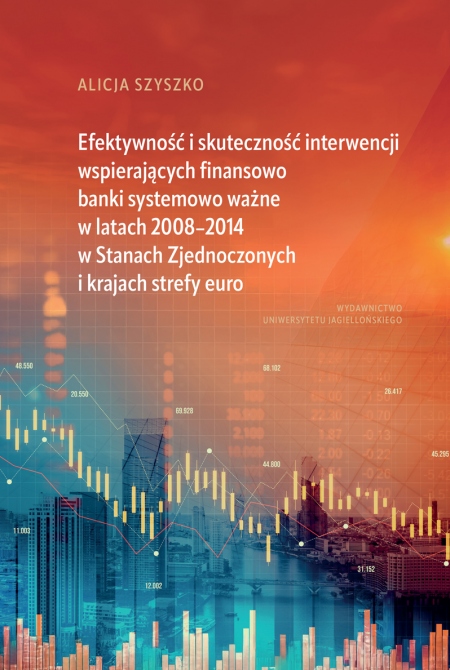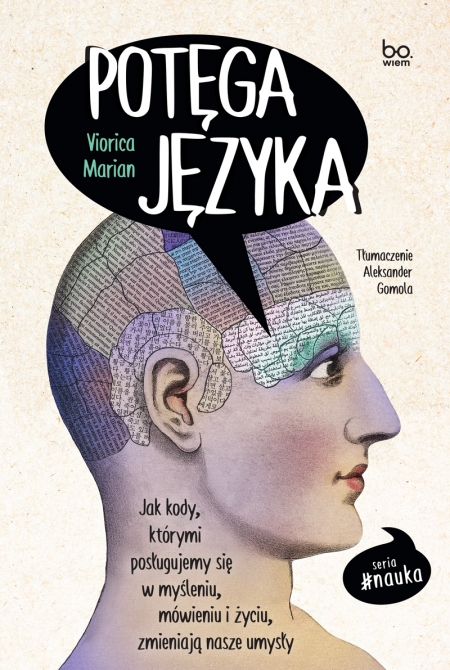
Od opętania do rytuału
Pojęcie i praktyka transu w kultach <i>vodun</i> i katolicyzmie
Series: Jagiellońskie Monografie Religioznawcze
Pages: 276
Book format: B5
Publication date: 2017
Publication date: 22.12.2017
Book description
The aim of the book is to use methods employed in cognitive science and evolutionary biology to comparative study of possession trance. To do so, I define possession trance in terms of ritual imitation of spirit person, additionally assuming that this imitation disturbs normal relation between sign and meaning, actor and role-playing, reality and representation. Thus, in the typical possession ritual, sign becomes its meaning, actor its role, and ritual the reality it enacts.
This theory is then used to – performed in two last chapters – comparative study of possession trance in vodun cults and Catholicism. It lets to confirm the preliminary hypothesis about ritual trance turning the group of nonkin into higher-level organism. However, Catholicism and vodun seriously differ in the evaluation of trance. While in vodun it constitutes the core of religious experience, affirming the crucial premises of its ideology, in Catholicism, on the contrary, the dissolution of person is inconsistent with the orthodox theory of will and individual, which underlies Christian anthropology.
This theory is then used to – performed in two last chapters – comparative study of possession trance in vodun cults and Catholicism. It lets to confirm the preliminary hypothesis about ritual trance turning the group of nonkin into higher-level organism. However, Catholicism and vodun seriously differ in the evaluation of trance. While in vodun it constitutes the core of religious experience, affirming the crucial premises of its ideology, in Catholicism, on the contrary, the dissolution of person is inconsistent with the orthodox theory of will and individual, which underlies Christian anthropology.
RECOMMENDED BOOKS
NEW BOOKS

Od opętania do rytuału
Pojęcie i praktyka transu w kultach <i>vodun</i> i katolicyzmie
Od opętania do rytuału
Pojęcie i praktyka transu w kultach <i>vodun</i> i katolicyzmie
Choose chapters to buy:
Order value:
0.00 zł

